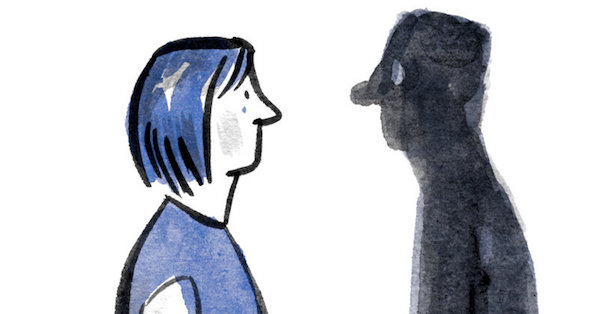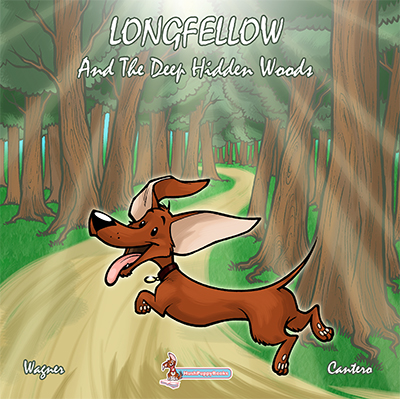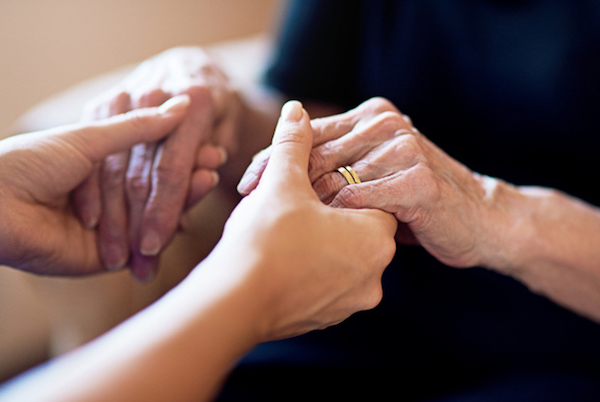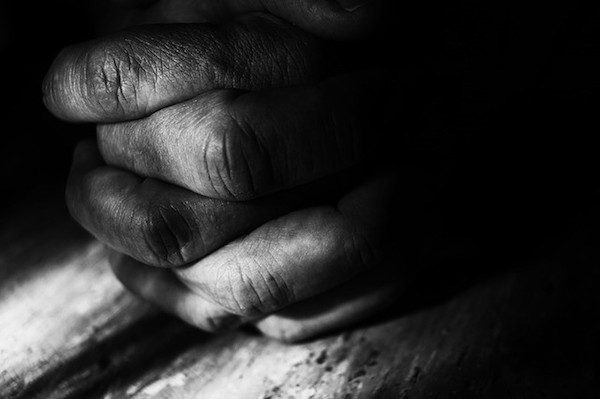[I]’m never going to die. I’m sorry I can’t say the same for you. My role models for how to do death are Jesus and Wile E. Coyote. Yours are other dead people. However, because I’m never going to die, I’m super comfortable with the entire topic, and the fact that I’m late turning in this column on books about death and dying has nothing to do with avoiding the subject.
So an author who suggests the dead are not howling in the abyss but rather hanging out in what she imagines as a pretty “waiting area” — well, that’s an author who’s easy for me to love. Theresa Caputo’s television show, “Long Island Medium,” has been a mainstay on TLC, and in GOOD GRIEF: Heal Your Soul, Honor Your Loved Ones, and Learn to Live Again (Atria, $25.99), Caputo (with her co-writer, Kristina Grish) wants us to know what she has learned from all those years of channeling the dead: “It’s their greatest hope that you learn to heal and carry on.” The dead — or Spirit, as she calls them — are quite chatty and opinionated. Among the things Spirit wants you to know:
Your relationship with your loved one isn’t over; it has merely changed. (Even if the loved one can’t drive you to the airport, if you ask nicely Spirit might “help you get a cab.”) You can let your feelings rule you for short periods of time, but “you must also take active steps to heal.” (Spirit doesn’t like whiners.) When it’s your time, it’s (usually) your time, or at least in the “destiny window” of time. Caputo has a host of practical, rather adorable ideas for honoring Spirit, which often involve giving gifts to others in Spirit’s name.
After a while it occurred to me that if the departed behaved in the loving way Caputo describes, I would like them more when they were dead than when they were alive. No matter; I am entirely agnostic, and still found this book comforting and quite touching. I felt oddly close to my own dead parents as I read along.
Those whose loss is more recent may prefer a less warm and fuzzy approach — more of a “what can I do to get on with my life right now?” book. Resilience is a hot topic these days, and Lucy Hone has written a book about bereavement reflecting both her own research and her own grief. RESILIENT GRIEVING: Finding Strength and Embracing Life After a Loss That Changes Everything (The Experiment, paper, $15.95) begins with Hone’s own tragedy: In 2014, her 12-year-old daughter was killed in a car accident. Hone shows us how to harness the (thankfully common) power of our own resilience to work our way through a horrible loss.
Resilience is not a shield against suffering, Hone suggests. It enables us to feel and to move through emotions like pain and guilt so that we can continue to feel alive and experience happiness. Hone does not buy into the idea that you just feel your feelings and take all the time in the world; what if, like Hone herself, you have other kids at home, a demanding job, and an urgent need to function in the real world? Hone offers concrete strategies for regaining your equilibrium even in the greatest pain. Among them: Choosing where to focus your attention (not on hating someone or something, which consumes energy); taking your time with the body of the one you love (there is no mad rush to bury or memorialize beloved); and re-establish routines, particularly if you have children, who may need that structure even more than you do.
Despite her insistence to the contrary, there is a strong whiff of “just-get-on-with-it” matter-of-factness that may be a little beyond some of us. Patrick O’Malley’s GETTING GRIEF RIGHT: Finding Your Story of Love in the Sorrow of Loss (Sounds True, paper, $16.95), co-written by Tim Madigan, is for those of us made of less stern stuff. O’Malley was trained as a counselor, but when he lost his infant son, and he tried to work through the famous Kübler-Ross stages of grieving — denial, anger, bargaining, depression, and finally acceptance — he felt like a failure. Grief was not linear; it was more of an oscillation. O’Malley wanted to talk about his son, to tell others who his son was, even in the few months he was on this earth. He began to see the wisdom of the writer Isak Dinesen, who noted, “All sorrows can be borne if you put them in a story or tell a story about them.”
O’Malley gives us the tools to tell the story of the deceased: favorite memories, when he or she was happiest and saddest, how you learned about the death, and so forth. Different kinds of loss bring different stories, and different kinds of pain. Telling the story of how you loved and how you lost gives shape and meaning to what first seems to be a meaningless, uncontrollable event.
For a compelling argument for why we have to rethink the wisdom of end-of-life “heroics,” there is EXTREME MEASURES: Finding a Better Path to the End of Life (Avery, $27). The author, Jessica Nutik Zitter, is a physician who specializes in both critical care medicine and palliative care, the yin and yang of medicine. Critical care specialists are taught to save lives with all the technology and machinery at their disposal. Palliative care specialists need the opposite skill set: They have to know how to help a dying person let go. Zitter is trained in both.
Of course, it was not always thus. Dr. Zitter describes her first Code Blue as a resident. She rushes into the room to heroically save the patient, and instead she is asked to resuscitate someone who is clearly dead, or should be. “With each compression, there is a sickening click, which I don’t recognize until I hear someone next to me whisper, ‘His whole chest is breaking,’” she writes. “This man is dead.”
The patient stays dead. But in that moment Zitter realizes that there must be a better way to depart this earth. She also discusses how palliative care can respond to many of the most painful symptoms of dying in a way that care geared toward prolonging life cannot. And why, at the end of life, less is often more compassionate. Like Atul Gawande’s “Being Mortal,” Zitter’s book shows how knowing when to do nothing is as vital to being a good doctor as knowing when to do everything.
As compared to the more philosophical “Extreme Measures,” John Abraham’s HOW TO GET THE DEATH YOU WANT: A Practical and Moral Guide (Upper Access, paper, $14.95) is exactly as nuts and bolts as it sounds. Abraham, a thanatologist and Episcopal priest, writes extensively about advance directives and how to ensure your wishes are abided by; and then, he tells us the least painful and messy ways to go. It may not be easy to read about these methods, but they affirm the idea expressed by a popular button worn by Abraham and other members of the Final Exit Network — “Let me die like a dog” — because anyone who has ever had to euthanize a beloved pet knows how painless and peaceful death can be. Those of us who fear loss of control of our lives more than we fear death will find Abraham’s book edifying. I even appreciate the phrase he uses instead of assisted suicide; he prefers “deliberate life completion.”
Knowing Nina Riggs died shortly after writing THE BRIGHT HOUR: A Memoir of Living and Dying (Simon & Schuster, $25), the story of her experience with metastatic breast cancer, makes this moving and often very funny memoir almost unbearable to read. But that’s because it is not one bromide after the other. It is true, and it might crush you. There is one moment here that says everything about how lonely you can feel when you’ve been told you have a disease. It’s past midnight, and Riggs and her husband are lying in bed: “‘I just can’t wait for things to get back to normal,’ says John from his side of the moon.” Riggs realizes there may not be a “normal” anymore, and reacts with anger, and a growing resolve that we all wish we could achieve: “Thinking that way kind of invalidates my whole life right now. I have to love these days in the same way I love any other.”
I’ll just say this: You can read a multitude of books about how to die, but Riggs, a dying woman, will show you how to live.
Complete Article HERE!












